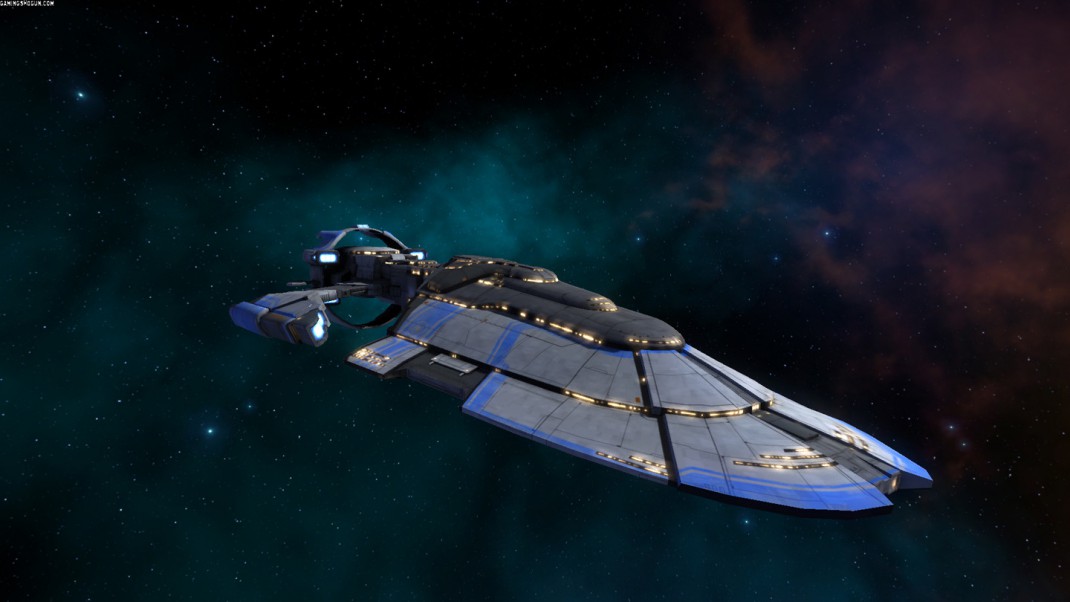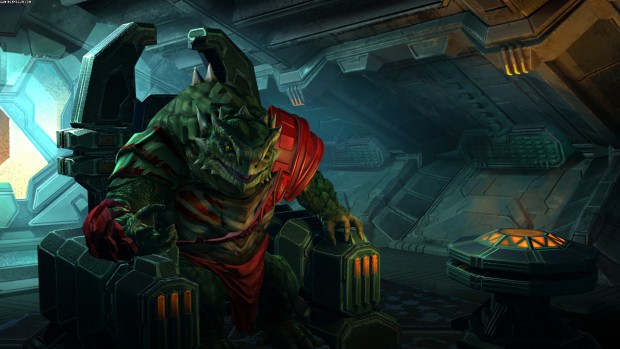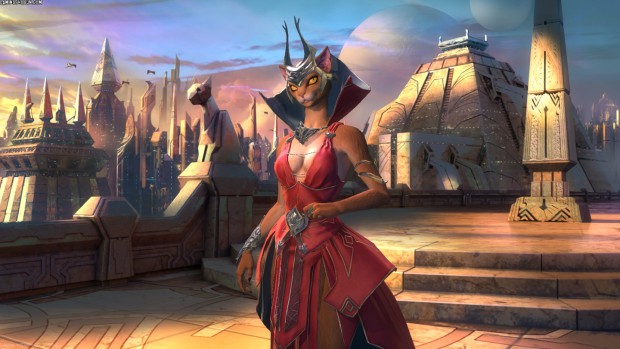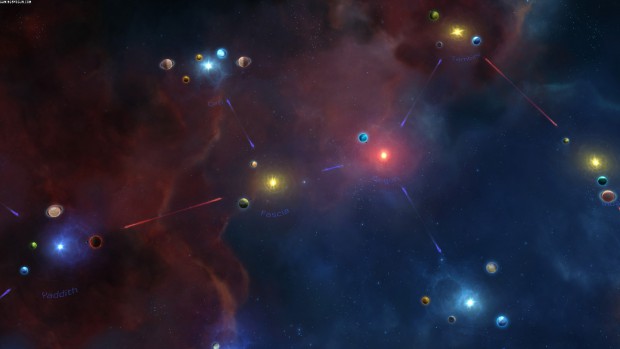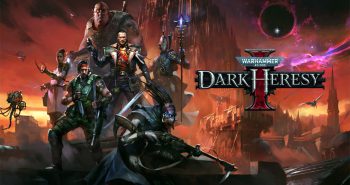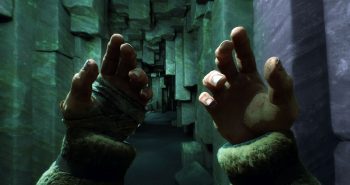Wargaming.net caught the interest of us classic PC gamers this E3 when they announced a reboot of the Master of Orion space strategy franchise. Master of Orion effectively created a new genre of strategy game knows as a “4X” game (“Xploration”, “Xpansion”, “Xploitation”, and “Xtermination”) back when it was released in 1993. Master of Orion, or “MOO” as it is affectionately known, allowed players to control their own empire as it expanded into the galaxy in search of the mysterious planet Orion. MicroProse and Simtex, creators of the original game, followed it up with Master of Orion 2: Battle at Antares, which continued the series and was met with equal adulation. We shall not speak of Master of Orion 3! For the greater good…. (…the greater good…)
Wargaming has promised to remain true to the original two titles while also bringing it into the modern climate of PC gaming. My concern, of course, is that they would somehow “dumb down” the game to the point where it no longer has any of the charm or core gameplay mechanics that the original games had. While at E3 2015, I got the chance to sit down with the executive producer of the game, Randy King, as well as some other Wargaming staffers, and get a walk through of some of the new Master of Orion’s game mechanics.
The original ten Master of Orion races have returned, and each gets its own cinematic sequence when starting a game. Additionally, Wargaming has taken a cue from the Civilization series and Master of Orion features animated, 3D advisers and leaders for all the races you will encounter in your quest for galactic domination. These characters look amazing and are all fully-voiced. Master of Orion features several paths to galactic victory – from sheer conquest to diplomatic means. The tech tree has a huge number of branches and technologies to research and, in an update from the original games, you can select a technology farther down the tree and your researchers will “fill in the gaps”, auto-selecting and researching the proceeding tech to reach that goal.
Planetary management will be very familiar to Master of Orion players with a similar interface and the ability to move your population around between industrial, agricultural, and mining castes. Planets still come in all shapes and sizes – some will be in the realm of your species’ tolerances and others will need to be terraformed to suit your colonists.
Taking from current 4X games, Master of Orion no longer allows your ships to travel to any system they desire so long as they have the fuel capacity. Now, star systems are all connected by wormholes. The benefit of this is that players can now use special ship types known as space factory ships to build star bases. Building a starbase near a wormhole’s event horizon will effectively blockade that route from foreign space vessels unless that race has negotiated a treaty allowing their passage through your space. This allows players to create a more solid sense of imperial boundaries and borders. Of course, the same restrictions will apply to your vessels if they try to pass through a wormhole guarded by a foreign star base.
Spacecraft will also be able to happen upon random artifacts floating about the cosmos. Sometimes these are credits, sometimes they are technologies and, sometimes, there are even derelict vessels ripe for the capturing! Planets are all randomly generated based upon variables the player sets at the start of the game (when setting up the galaxy) and all feature a cool cinematic when players colonize them. These cinematic sequences are also generated based on the type of planet being colonized so it will all match up.
Continued on Page Two

